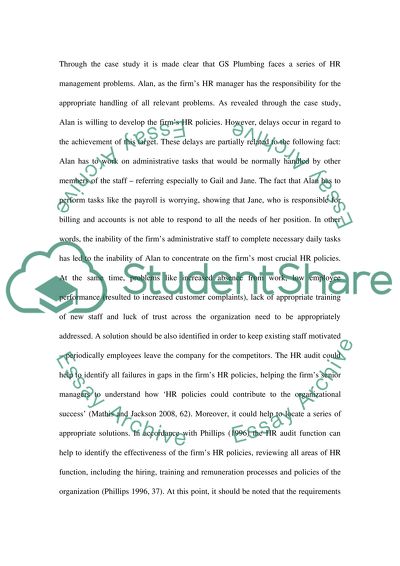Cite this document
(“HRM Essay Example | Topics and Well Written Essays - 1750 words - 1”, n.d.)
Retrieved from https://studentshare.org/environmental-studies/1412965-hrm
Retrieved from https://studentshare.org/environmental-studies/1412965-hrm
(HRM Essay Example | Topics and Well Written Essays - 1750 Words - 1)
https://studentshare.org/environmental-studies/1412965-hrm.
https://studentshare.org/environmental-studies/1412965-hrm.
“HRM Essay Example | Topics and Well Written Essays - 1750 Words - 1”, n.d. https://studentshare.org/environmental-studies/1412965-hrm.


